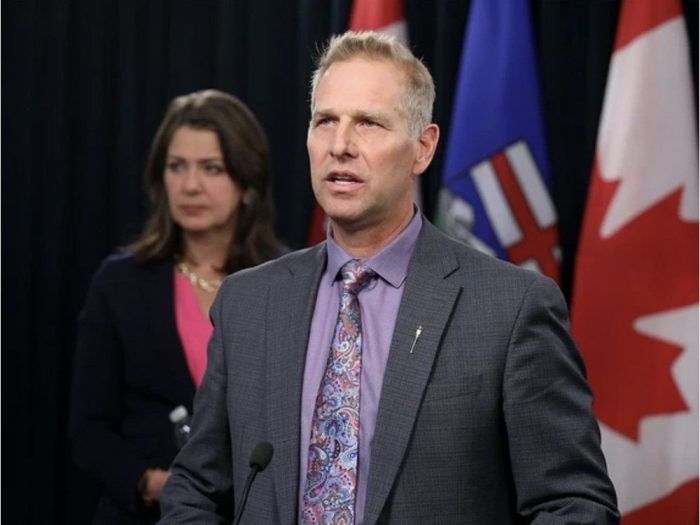Alberta's Initiative: Implementing Hydrogen Blending and Modernizing Energy Market
Key Ideas
- Alberta plans to blend hydrogen into natural gas distribution for heating, aiming to reduce emissions with a five percent hydrogen blend in homes and commercial properties.
- The province is looking to shift transmission costs to ratepayers and modernize the electricity market through a day-ahead model for power generators commitment.
- A pilot project in Fort Saskatchewan is supplying blended hydrogen to over 2,000 homes, with plans for a 100% hydrogen community in Strathcona County.
- While welcomed for sustainability, critics highlight the lack of clarity in the bill regarding timelines and details to be determined through regulation.
The province of Alberta in Canada is making strides towards implementing hydrogen blending into its natural gas distribution systems for residential and commercial heating. This initiative, if passed, will see a five percent blend of hydrogen in the gas supply, with the aim of reducing emissions. Alberta, being Canada's largest hydrogen producer, is paving the way for cleaner energy consumption. Notably, a pilot project in Fort Saskatchewan is already providing blended hydrogen to more than 2,000 homes, with future plans for a community entirely powered by 100% pure hydrogen in Strathcona County.
The proposed legislation also includes a shift in transmission cost responsibility to ratepayers and a plan to modernize the electricity market. This modernization involves a move towards a day-ahead model where power generators will commit their power 24 hours in advance, enhancing efficiency and reliability in the energy sector. Despite the positive sentiment towards sustainability and emission reductions, critics such as Alberta NDP affordability and utilities critic Sharif Haji have expressed concerns regarding the bill's lack of clarity on timelines and regulatory details that are yet to be finalized.
In addition to the hydrogen blending initiative, the province is also focusing on a cost-causation model for transmission infrastructure, ensuring that costs for new projects are assigned on a fair basis. Furthermore, the province is clarifying its approach towards the day-ahead market, aiming to retain and expand the day-ahead market for reliability products, despite some confusion and differing views from stakeholders. Alberta's push towards cleaner energy solutions and a more efficient energy market highlights a significant step towards a sustainable future.
Topics
Policy
Sustainability
Energy
Legislation
Community Engagement
Electricity Market
Natural Gas
Emission Reductions
Cost-causation Model
Latest News
